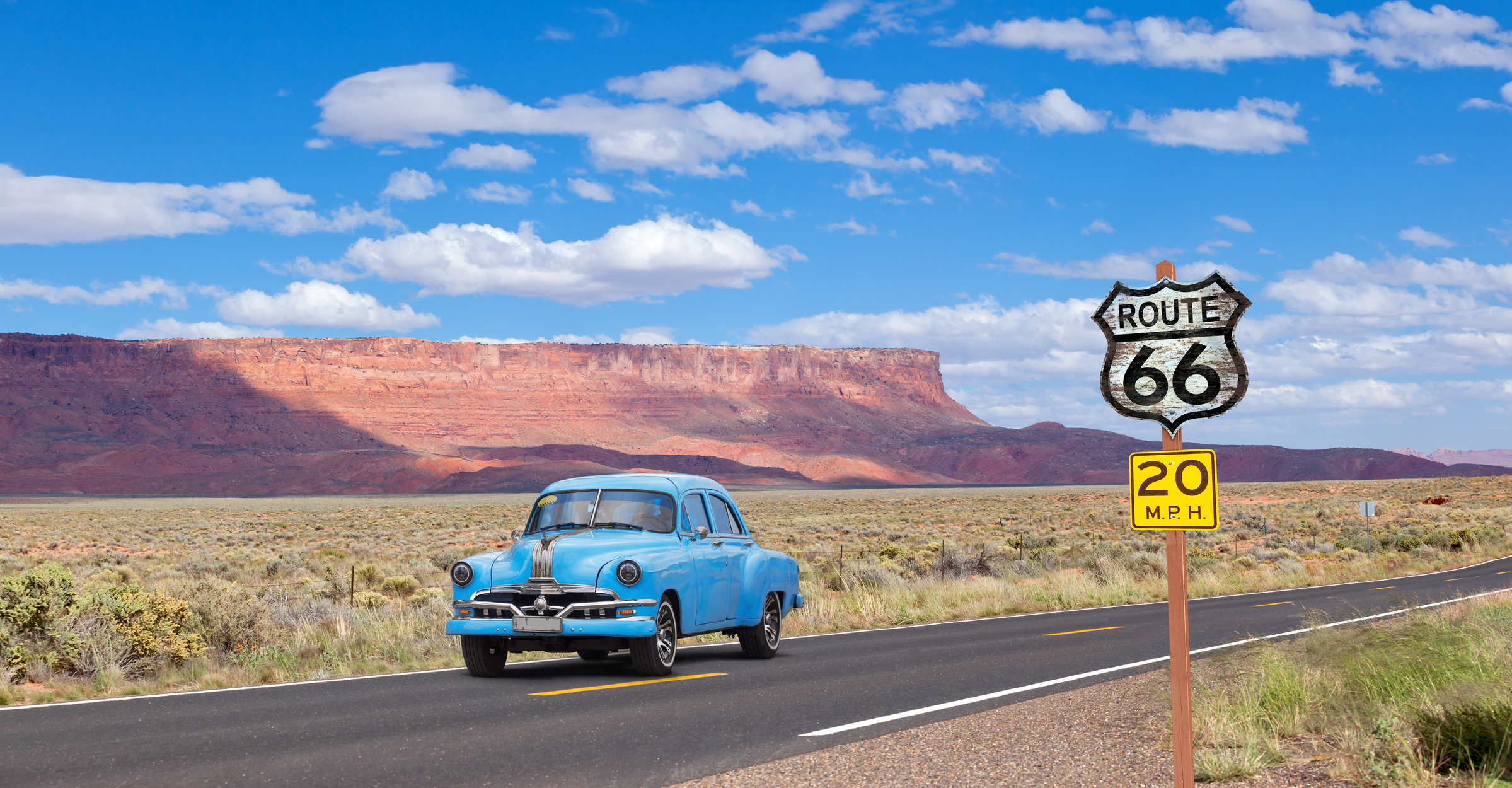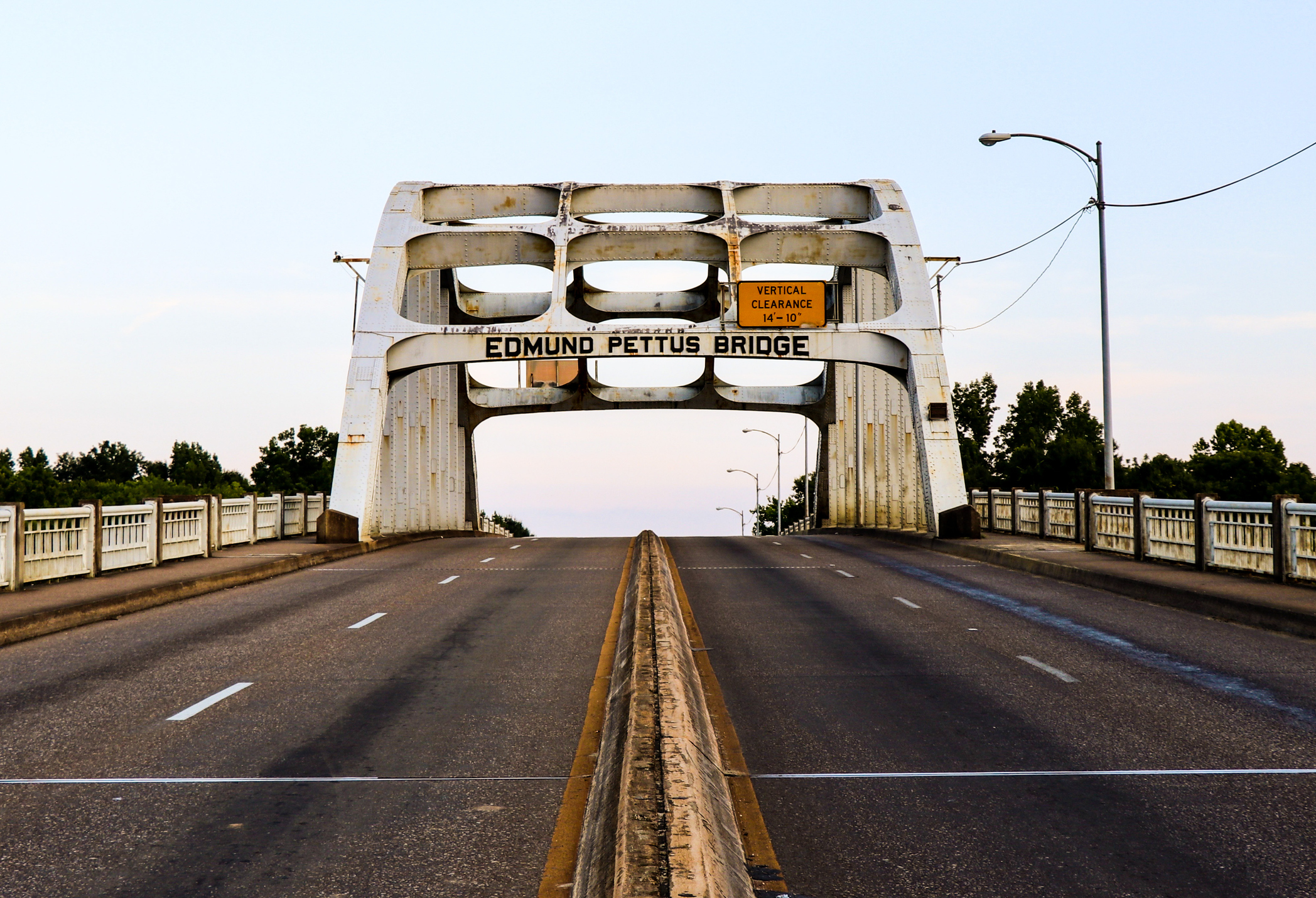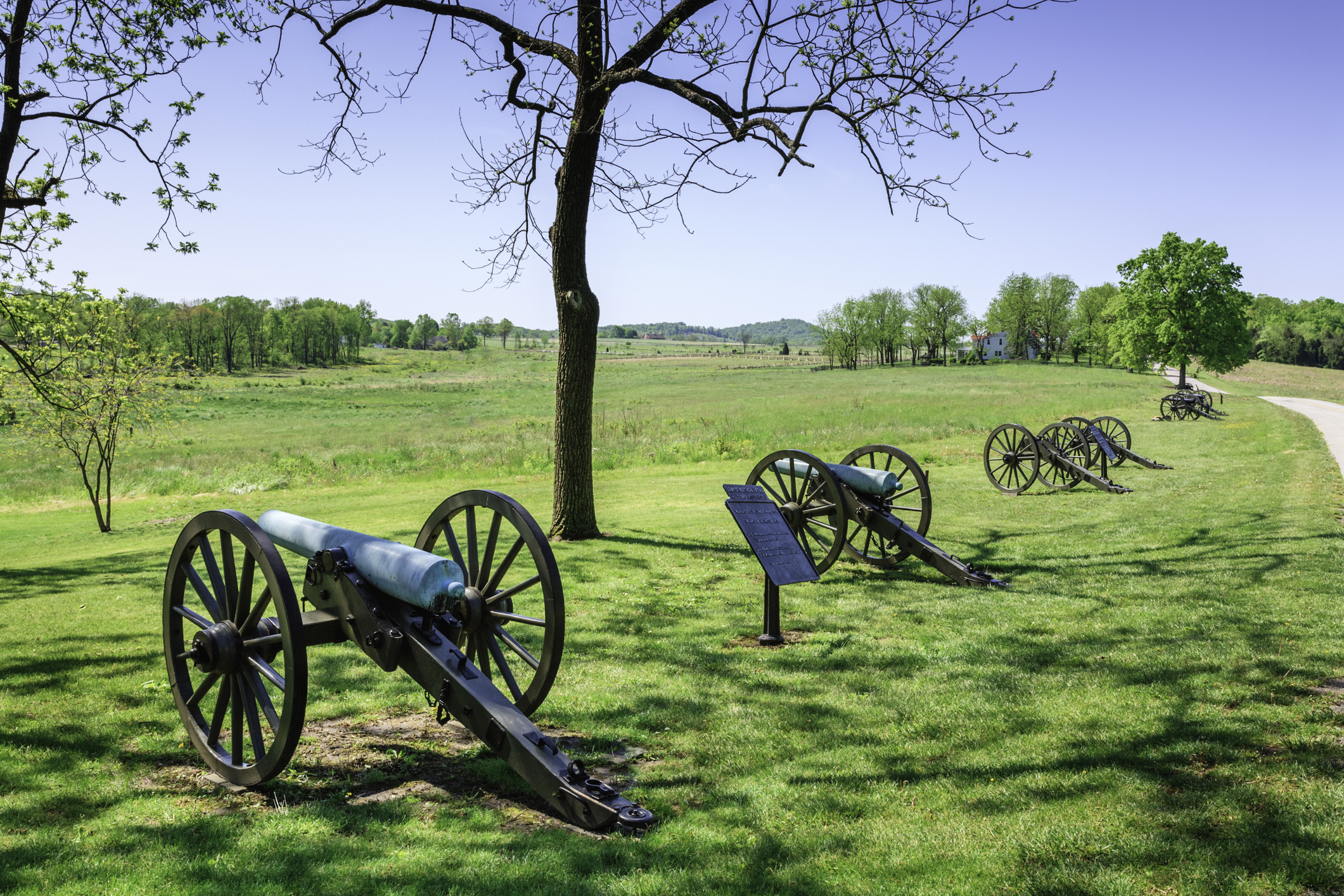
Have you ever found yourself looking out the car window as you drive to visit family, take the kids to the beach, or even just to go grocery shopping? Have you wondered about how geographically different it might have been in the past? Maybe you wondered how history shaped the present or how the geography shaped that history.
While most social studies teachers recognize the importance of all the subject’s dimensions, we also know it can be difficult to cover all important content standards plus add elements from other parts of the discipline, such as geography. Let’s take a stroll through a few ideas for lessons that incorporate both history and geography. Along the way, we’ll see how to express the importance of both history and geography to the past, present, and future.
The Evolution of American Cities
Explore how major American cities like New York, Boston, Los Angeles, and Chicago have evolved throughout the foundation of the nation. Each city has had a moment in history where they were the center of all the action and are found in many units of historical standards. This topic allows teachers to discuss urbanization, architectural changes, demographic shifts, and economic transformations. Students could include issues from current events in those cities and create city profiles that include historical events that were shaped by geography.
The Impact of the Interstate Highway System
One of the most interesting maps to share with students is the highway map of America before and after both 1900 and by the 1950s. This lesson allows students to analyze how the creation of the Interstate Highway System transformed American geography and society as well as how it expanded over time. Students can investigate issues with these highway systems. One interesting topic would be to have students create their own highway map or look at the map from 1900 and debate where interstates could have been placed. It would also be integral for students to study highway inequities and the disparate placement of the interstates for communities. Students could also look at changes in travel, suburbanization, economic growth, and regional development.

Civil Rights Movement Landmarks
Much of the modern part of American history studies the significance of the Civil Rights movement. Having students highlight key locations key to the Civil Rights movement allows them to explore the locations, primary sources, and make connections between history and geography. Places to include are Selma, Birmingham, Memphis, and Washington D.C. Ask students to discuss the historical importance of these cities and their current status.
Students can make a map of the locations with pictures of the various monuments or points of interest and teachers can ask them to write a fictional eyewitness account of events from these locations. This could be done by creating a newspaper story of the event, diary entry, or a website about a location. Students could decide how best to honor the people and places they study. This can even be done in conjunction with books such as The Washington’s Go to Birmingham in younger grades.
Natural Disasters and the Impact on American Geography
While most natural disasters are normally covered in science, examining these events in history in conjunction with geography has much to offer. Students can create inquiries into how events like Hurricane Katrina, California wildfires, and the Dust Bowl have shaped the American landscape and historical events. Have students discuss the immediate and long-term effects on the environment, population, and urban planning. Ask them to consider locations today that are most vulnerable to natural disasters and compare them in the past and present.

The Role of Geography in American Wars
Every historical event has been influenced by the geography of its location. This includes past wars and conflicts. Ask students to consider major American events such as the Civil War, World War II, and the Vietnam War in terms of location. The physical and human geography surrounding these brings a deeper meaning to the events. Weather played an integral part in the timing of the D-Day landings in WWII. Students may not know that a woman serving as a postal clerk in Ireland provided observations and weather forecasts that helped General Eisenhower to select the dates. Students can focus on strategic locations, battle sites, and how terrain affected military tactics and outcomes.
These topics should provide a rich blend of historical context and geographical analysis, making for compelling and informative American history lessons that also include geographical context. Understanding the geographical context of historical events allows us to gain deeper insights into the motivations, challenges, and triumphs of the past. It reminds us that the physical world around us is not just a backdrop to history, but an active player in the human story. As we continue to study social studies disciplines, let us not overlook the profound impact of geography, for it is through this lens that we can truly appreciate the complexity and interconnectedness of our world’s heritage.
Nystrom World has hundreds of activities that connect historical and geographic themes in the classroom
Try a free 30-day trial today
Tama Nunnelley has taught a variety of the social sciences for the past 29 years. Currently she resides and works in Alabama where she encourages her students to be life-long explorers and to push past fear to reach their goals. Tama is a 2018 National Geographic Grosvenor Teacher Fellow, the 2015 National Council for Geography Education Distinguished Teacher, past president of the Alabama Social Studies Council and co-coordinator of the Alabama Geographic Alliance. She also writes curriculum and is an adjunct in the Department of Geography at the University of North Alabama.
